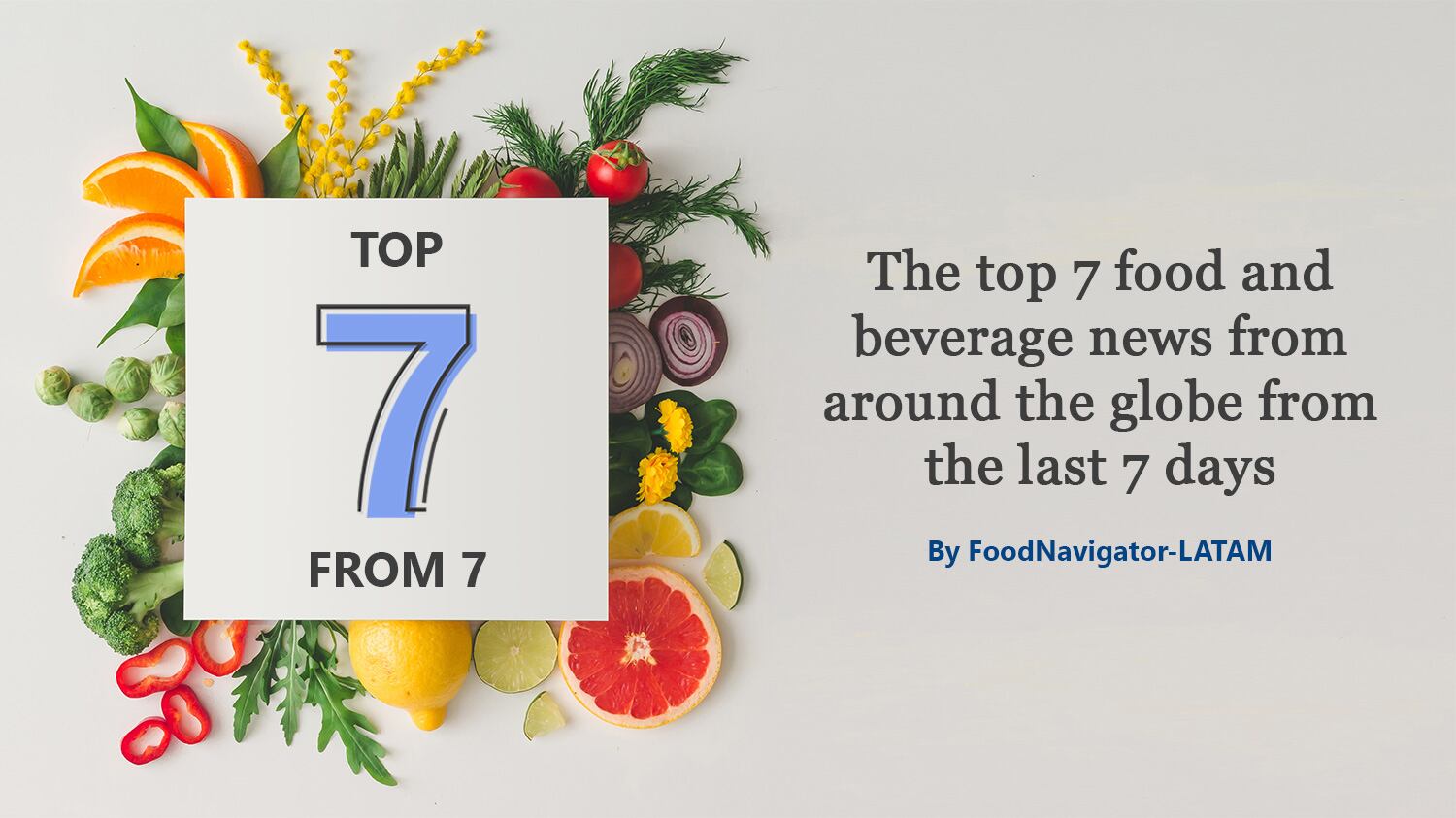Front-of-package (FOP) warning labels are icons, symbols or logos that provide consumers with simple and easy-to-interpret information about the nutrient profile of a packaged product at points of purchase. Products displaying warning labels are typically ultra-processed items that contain an excess of sodium, sugar, fat, and calories. Warning labels have been shown to be effective in capturing consumers' attention, improving understanding, reducing the perceptions of healthfulness in unhealthy products, and reducing the intention to purchase unhealthy products, according to the study.
"Warning labels are the newest paradigm of nutrient-based FOP that have been implemented in Chile and have been signed into policy in Peru and Uruguay," wrote researchers. Brazil is currently considering implementing a food warning label system.
"This study aimed at measuring improvements in consumer understanding, perceptions, and intentions for different warning label designs, among a large sample of participants who had likely never been exposed to warning labels before."
Methods
The study assessed the design effects of three different types of warning labels on 2,419 Brazilian adults. Participants were randomly assigned to one of four study arms in an online, randomized, controlled experiment: (1) the Triangular warning label; ‘A lot of /Muito’ (Muito); (2) Triangular wawrning label ‘High in/Alto em’ (Alto); (3) the Chilean warning label ‘High in/Alto em’ (Chile); and (4) a control condition (no warning label).

Participants responded to a series of questions, while viewing images of nine products, that assessed their understanding of the nutrient content of the product, its healthfulness, and their intentions to purchase.
Triangular warning labels prove to be most effective
In general, warning labels were superior to the list of ingredients and the nutrition facts panel in improving participant understanding and perceptions of the nutrient profile of products, particularly in helping identify nutrients in excess, stated the researchers.
Alto, followed by 'Muito', was also better at communicating that fewer warning labels signified a healthier product. The Muito warning label was significantly more visible to participants than the Chilean warning label. The triangular symbol, the white background and the signal word, ‘High in/ Alto em’ showed consistently better results than the signal word ‘A lot of/ Muito’ and the octagonal symbol.
In terms of shifts in purchase, the study suggested that warning labels may serve to better inform consumers but may not necessarily change their purchase decisions. Changes in purchase decisions will need to be tested in real world settings, said researchers.
However, researchers did concluded that warning labels were an important addition to the current nutrition label.
"These design elements serve to make warning labels more visible to consumers, capturing their attention and informing their food evaluations, and may have greater potential to influence appropriate for a Brazilian audience," noted researchers.
Source: Food Research International
https://doi.org/10.1016/j.foodres.2019.01.008
“Choosing a front-of-package warning label for Brazil: A randomized, controlled comparison of three different label designs”
Authors: Neha Khandpur, et al.




